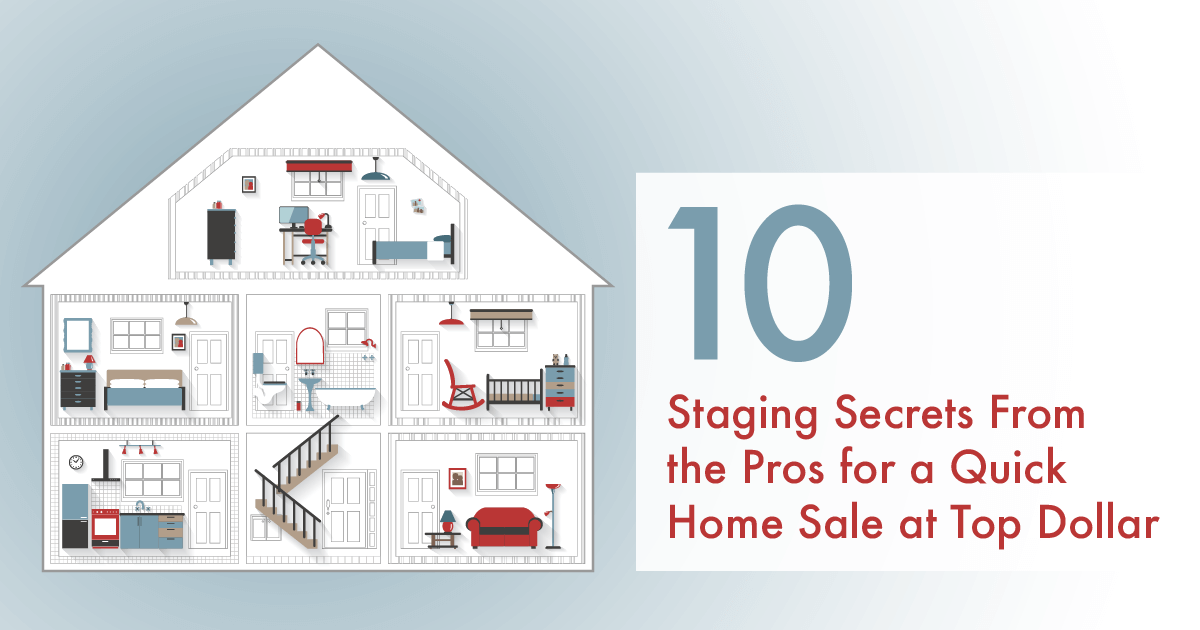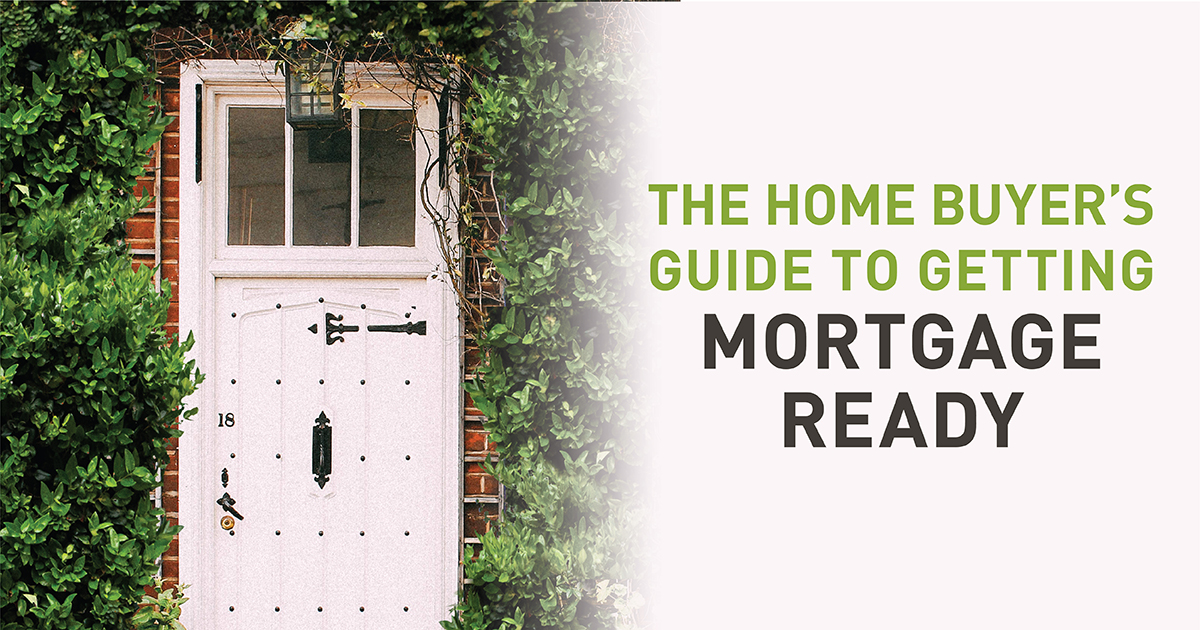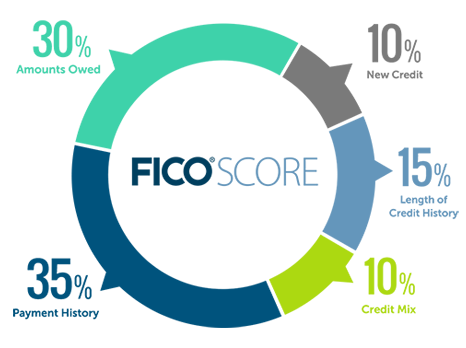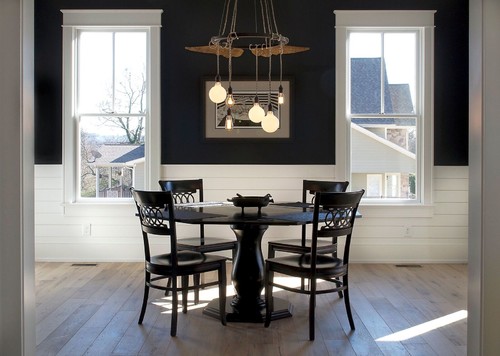No one likes to think about disasters. Severe weather, fire, theft—or even a seemingly small issue like a broken pipe—can wreak havoc on your home and result in thousands of dollars in damages. Fortunately, a good homeowners insurance policy can offer you peace of mind that you and your family will be financially protected if disaster strikes.
A homeowners insurance policy covers your home—as well as the belongings in it—in case of theft, accidental damage, or certain natural disasters. In fact, most financial institutions require that you purchase homeowners insurance before they issue a mortgage. While coverage varies, most policies also help to protect you from liability should someone outside your household become injured on your property. And that liability coverage is often extended to include damage you (or anyone living in your household) may do to someone else’s property.1
With all the protection offered, it’s equally important to understand what a home insurance policy does NOT cover. For example, homeowners insurance won’t pay to repair malfunctioning systems and appliances within your home. And terms vary, but standard policies typically exclude coverage related to floods, earthquakes, slow leaks, power failure, neglect, aging, faulty repairs or construction materials, and acts of war.2
Homeowners Insurance Covers Things Like:
● Structure
● Roof
● Windows
● Furniture/Personal Belongings
● Liability for Non-Residents Injured on Property
● Liability for Damage or Injury Caused by You or Your Pets
Most Standard Policies DON’T Cover:
● Malfunctioning Systems & Appliances
● Floods
● Earthquakes
● Slow Leaks
● Power Failures
● Neglect or Aging
● Faulty Repairs
● Acts of War
NARROWING THE COVERAGE GAP
So how do you minimize your risk when so many potential issues are excluded from a standard homeowners policy? Many insurers offer supplemental coverage options that can be tacked on to a basic policy. We explore this further in the section below on “7 Tips for Purchasing Homeowners Insurance.”
Some homeowners also choose to purchase a home warranty, which covers many of the systems and appliances in your home that are NOT covered by homeowners insurance. Home warranties are separate from homeowners insurance, so if interested you’ll need to seek out a policy through a dedicated provider.
While terms vary, a home warranty will often pay to repair or replace components of your HVAC, electrical, plumbing, and some appliances that fail due to age or typical wear and tear. Unlike homeowners insurance, home warranties aren’t required by mortgage companies. But many homeowners like the added financial protection and peace of mind that home warranties provide.3
Keep in mind, if you do purchase a home warranty, you will still be responsible for paying a service fee, or deductible, every time you use it. And you will be limited to using service providers who are contracted through your home warranty company.
7 TIPS FOR PURCHASING HOMEOWNERS INSURANCE
Whether you’re shopping for a new policy on your first home or you’re considering switching providers on an existing policy, it’s important to do your research beforehand. Not all insurance policies—or providers—are created equal. A little due diligence can save you time, money, and hassle in the long run.
1. Prioritize Service and Value
When choosing an insurance provider, ask around for recommendations. Check with neighbors, friends, and family members, particularly those who have filed an insurance claim in the past. Find out if they had a positive or negative experience. Read online reviews. Ask your real estate agent for a referral to a reputable insurance broker who can help you compare your options.
Don’t just choose the cheapest policy. Instead, search for one that offers excellent client service and provides the best coverage for the cost.
2. Choose the Right Level of Coverage
Your policy limits should be high enough to cover the cost of rebuilding your home. Don’t make the common mistake of insuring your home for the price you paid for it. The cost to rebuild could be higher or lower, depending on the value of your land, your home’s unique features, market factors, new building codes, and local construction costs.4
Also, consider whether you need a higher level of liability insurance to protect your assets. If your investments and savings exceed the liability limits in your policy, you may need to purchase an excess liability or umbrella policy.
Ultimately, you should make sure your coverage is adequate to mitigate your losses—but don’t pay for excess insurance you don’t need.
3. Inquire About Additional Coverage
Ask your insurance agent about additional coverage options that can help close any gaps you have in your policy.
For example, if you’re in a flood or earthquake-prone area, experts strongly recommend that you add those coverages to your policy. In fact, flooding is the most frequently occurring natural hazard, and a significant percentage of insurance payouts are for homes outside “flood zones,” or areas known to be at risk of flooding. So even if your home is not technically located in a flood zone, you may want to add flood coverage to your policy, just in case.5
Expensive jewelry, furs, collectibles, or artwork may not be fully insured by a standard policy. Ask about raising your limits for any items of particular value, or check with a specialty insurer about a separate policy for such items.
4. Decide on “Replacement Cost” or “Actual Cash Value”
Insurers can use a variety of methods to determine how much they will pay to reimburse you for a loss, but the two most common are “replacement cost” or “actual cash value.”
If your seven-year-old sofa is damaged in a fire, replacement cost coverage will pay you the cost to purchase a new, comparable sofa at today’s prices. Actual cash value coverage will pay you for the depreciated value of the sofa you lost—so what you would pay to buy a seven-year-old sofa rather than a new one.6
While a replacement cost coverage policy will result in a bigger payoff if you suffer a loss, it will probably require a larger annual premium. Compare both options to find out which is the better fit for you.
5. Consider a Higher Deductible
A deductible is the amount of money you are responsible for paying on a loss before your insurance company will pay a claim. Opting for a higher deductible can reduce your premiums.
Note that in some cases, your insurance policy may have a separate or higher deductible for certain kinds of claims, such as those caused by floods, windstorms, hail, or earthquakes.
While a higher deductible can save you money on your premiums, opt for one that is still affordable given your current financial situation.
6. Try Bundling Your Coverage
Combining your home, automobile, and other policies under one insurer can often result in a significant discount. And some insurers offer additional benefits, such as a single deductible if property insured by multiple policies is damaged. For instance, if a fire destroys your home and your car, you may only have to pay the higher of the two deductibles. Bundling can also make payment and renewal of your policies more convenient.7
However, bundling isn’t always the best or least expensive option. In some cases, you may find better coverage options, service, and/or pricing if you split your policies between multiple insurers. So be sure to consider all of your options before making a final decision.
7. Reassess Your Policy Each Year
Even if you’ve done all your due diligence before purchasing a homeowners insurance policy, don’t set your annual renewal on autopilot. Instead, when it comes time to renew, take some time to consider factors that have changed over the past year.
For example, have you made any home improvements that would require you to raise your coverage limits? Have you made any security or safety improvements that qualify you for a discount on your premiums?8
Has there been a shift in market conditions that would make it more or less expensive to rebuild your home now? If so, you may need to adjust your coverage levels accordingly.
If you’ve made any changes to how you use your home, you may need to adjust your policy, as well. For example, if you’ve started a home-based business or occasionally rent out your home on a home-sharing site, you may not be fully covered by your existing policy.9
Finally, consider any changes to your financial situation that may require increased liability coverage limits. If you’ve grown your investments or inherited property, it may be time to purchase additional coverage to protect your expanding asset base.
MINIMIZE RISK, MAXIMIZE VALUE
Now that you understand the basics of homeowners insurance, you should be ready to start shopping for a policy that best fits your needs and budget. Your goal should be to minimize your risk while maximizing the value your policy provides.
While you never want to leave yourself without a safety net should disaster strike, you also don’t want to overpay for insurance you don’t need (and will hopefully rarely use). Aim to strike a balance that will provide you with adequate protection at an affordable price.
NEED MORE GUIDANCE? WE CAN HELP
If you’re in the market to purchase homeowners insurance or a home warranty, give us a call! We get a lot of feedback from clients on the best (and worst) providers and are happy to share what we know.
We can also put you in touch with a trusted insurance professional who can answer your questions and help you find the best policy to meet your needs.
The above references an opinion and is for informational purposes only. It is not intended to be financial or insurance advice. Consult the appropriate professionals for advice regarding your individual needs.
Sources:
1. Insurance Information Institute –
https://www.iii.org/article/what-covered-standard-homeowners-policy
2. Insure.com –
https://www.insure.com/home-insurance/exclusions.html
3. American Home Shield –
https://www.ahs.com/home-matters/cost-savers/whats-the-difference-homeowners-insurance-vs-home-warranty
4. Insurance Information Institute –
https://www.iii.org/article/how-much-homeowners-insurance-do-you-need
5. Realtor.com –
https://www.realtor.com/advice/buy/buying-home-insurance
6. Texas Department of Insurance –
http://www.helpinsure.com/home/documents/acvvsreplace.pdf
7. Insure.com –
https://www.insure.com/home-insurance-faq/bundle-insurance-policies.html
8. National Association of Insurance Commissioners –
https://www.insureuonline.org/consumer_homeowners_ten_tips.htm
9. HomeAway –
https://help.homeaway.com/articles/Do-I-need-a-special-vacation-rental-insurance-policy-for-my-property
11,279 total views, 2 views today
























